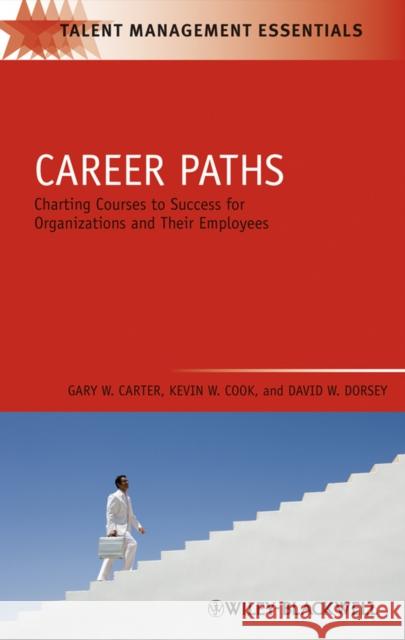Career Paths » książka
topmenu
Career Paths
ISBN-13: 9781405177337 / Angielski / Twarda / 2009 / 176 str.
Career Paths
ISBN-13: 9781405177337 / Angielski / Twarda / 2009 / 176 str.
cena 399,74
(netto: 380,70 VAT: 5%)
Najniższa cena z 30 dni: 395,65
(netto: 380,70 VAT: 5%)
Najniższa cena z 30 dni: 395,65
Termin realizacji zamówienia:
ok. 30 dni roboczych.
ok. 30 dni roboczych.
Darmowa dostawa!
Career Paths provides practical tools and tips for developing and implementing career paths in the workplace.
- Discusses available resources organizations can use in developing career paths
- Includes a sample career path guide
- Describes how career path efforts can be integrated with recruitment and hiring, strategic planning, succession management, employee development, and retention programs
- Explains how to improve employee retention using career paths and how to integrate career paths into employee training and development systems
- Provides conceptual and practical toolkits for constructing career paths
- Discusses dimensions that impact career paths, such as employee movement and the nature of employee expertise











